Bossa Nova: Music of Modern Love - Page 5
"People that tend to be interested in modern architecture from the '50s and '60s also seem to be interested in the music of that same time period as well," he says.
"Bossa nova can be very addictive. The samba-derived rhythms really suck you in. I find myself trying to sing those beautiful Brazilian- Portguese lyrics with my horrible American accent."
As John Isaac so succinctly summed it up, "Bossa nova—mid-century—Jobim—Jacobsen." Go for it.
-- Jack Levitan
![]()
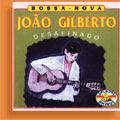 1 João Gilberto: Desafinado (Saludos Amigos - 1959-61) This treasure chest from the onset of Gilberto's recording career contains many of the early baubles crafted by Tom Jobim and his collaborators. Some of the arrangements bear superfluous strings and other instruments, but Gilberto's and Jobim's genius shines through.
1 João Gilberto: Desafinado (Saludos Amigos - 1959-61) This treasure chest from the onset of Gilberto's recording career contains many of the early baubles crafted by Tom Jobim and his collaborators. Some of the arrangements bear superfluous strings and other instruments, but Gilberto's and Jobim's genius shines through.
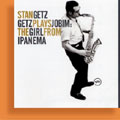
2 Stan Getz: Plays Jobim / The Girl from Ipanema (Verve - 1962-64) Even before the Carnegie concert, saxophonist Getz, under the influence of Charlie Byrd (who joins him here), was breathing jazzy beauty into Jobim's creations. João and Astrud Gilberto share Getz's cash-canção, 'The Girl from Ipanema,' and more Brazilians bolster other classics.
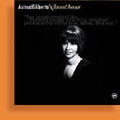
3 Astrud Gilberto: Finest Hour (Verve - 1964-69) Hits from Astrud's several Verve albums, with Getz, husband João, and others assisting, are transplanted to this showcase of bossa's most widely celebrated songstress. Astrud applies her trademark girlish approach also to American pop and jazz standards, cooly or warmly, and sometimes oddly.
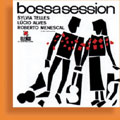
4 Sylvia Telles / Lúcio Alves / Roberto Menescal: Bossa Session (Elenco - 1964) Bossa favorites Menescal and Telles, and veteran vocalist Alves, combine in a pleasant, perky manner evocative of commercial jingles and pop songs from 1950s America. Particularly intoxicating and well suited to this troupe is 'Telefone,' with vintage sound effects.
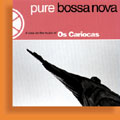
5 Os Cariocas: Pure Bossa Nova (Universal - 1963-66) Like the best of the American vocal groups on which they modeled themselves, these singers are breathtakingly tight in their collective approach to rhythm and harmony, serving up astringent bossa classics as lush confections, on a bed of rich instrumental arrangements.
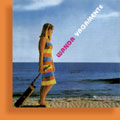
6 Wanda Sá: Vagamente (Dubas Musica - 1964) On 'To Say Goodbye,' the last track on this showcase from the peak bossa year of 1964, Sá (who would later join Sérgio Mendes as Wanda de Sah) reduces her seductive voice to a pianissimo whisper, which neither of the Gilbertos would attempt. On earlier, perkier material, some in English, Sá sounds engagingly like Astrud.
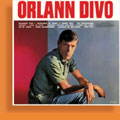
7 Orlann Divo: Orlann Divo (What Music - 1963) Divo was among those Brazilians who attempted to delineate what they called sambalanço. But to most ears, then and now, it's not much different from bossa, except maybe a bit more danceable and bubblegummy. Divo's vocals are more boyish than sensual, backed by a peppy organ.




